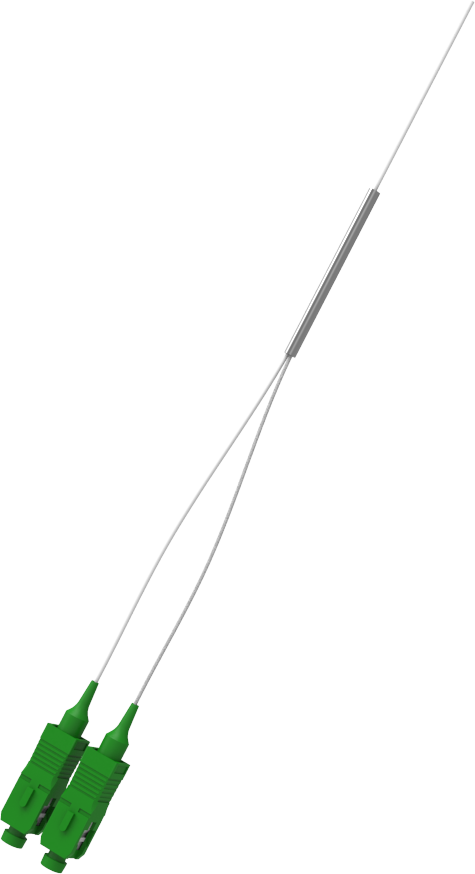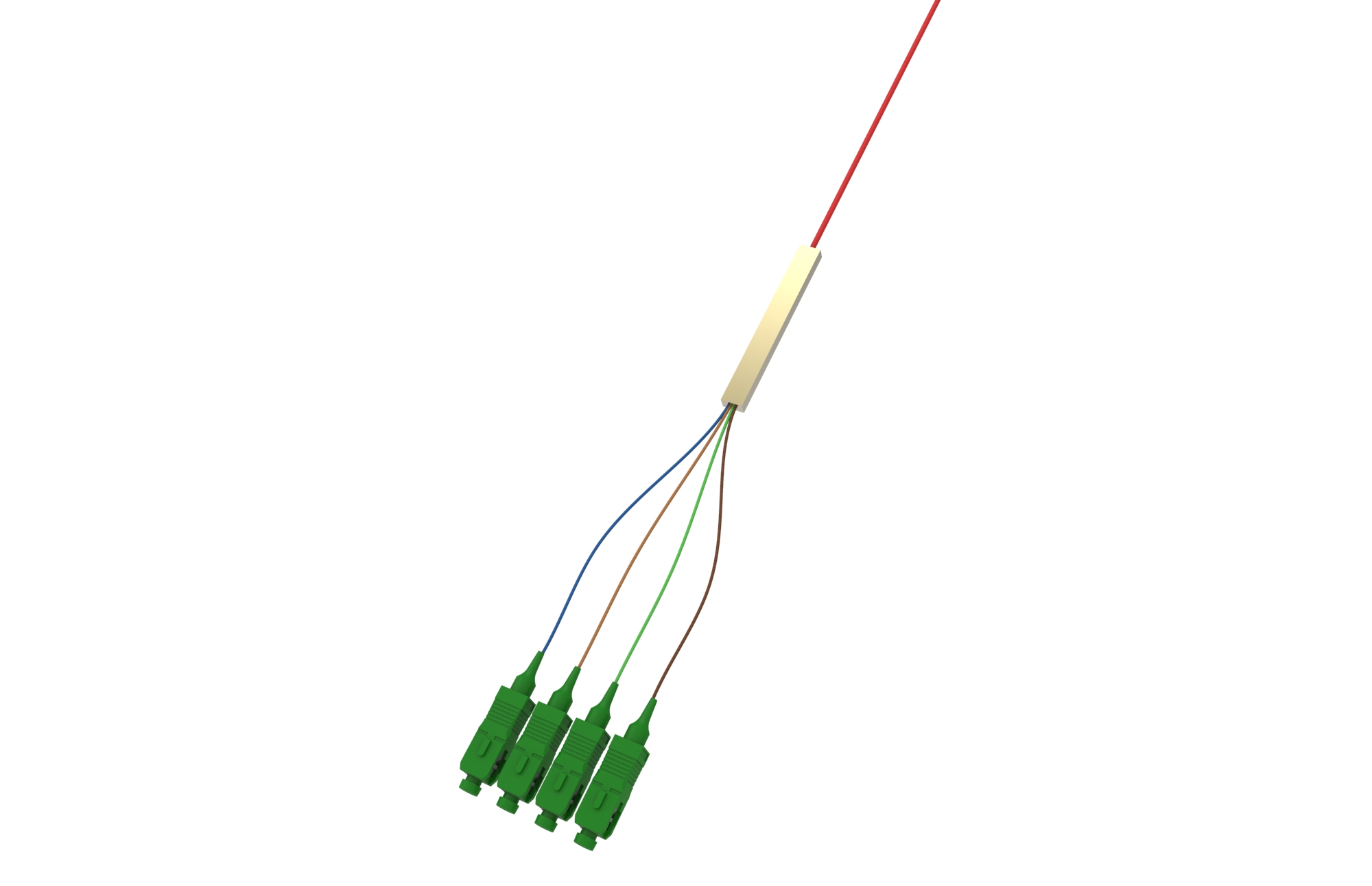Fiberoptic splitters and PLC (Planar Lightwave Circuit) splitters are both used for splitting optical signals in fiberoptic networks. While both are designed to split optical signals, there are some differences between the two.
Fiberoptic splitters, also known as fused biconical taper (FBT) splitters, are made up of two optical fibers fused together. This type of splitter is most commonly used in point-to-point networks, as it is less expensive and easier to install than a PLC splitter.
FBT splitters are typically used in short-distance or single-mode applications, as they are not as reliable in longer-distance or multi-mode applications. PLC splitters, on the other hand, are made up of multiple optical waveguides etched onto a single substrate. This type of splitter is more reliable and accurate than an FBT splitter, making it ideal for long-distance and multi-mode applications. PLC splitters are also more expensive and require more technical expertise to install.
In conclusion, FBT and PLC splitters are both used in fiberoptic networks, but they have different benefits and drawbacks. FBT splitters are less expensive and easier to install but are not as reliable in longer-distance or multi-mode applications. PLC splitters are more reliable and accurate, but are more expensive and require more technical expertise to install.





